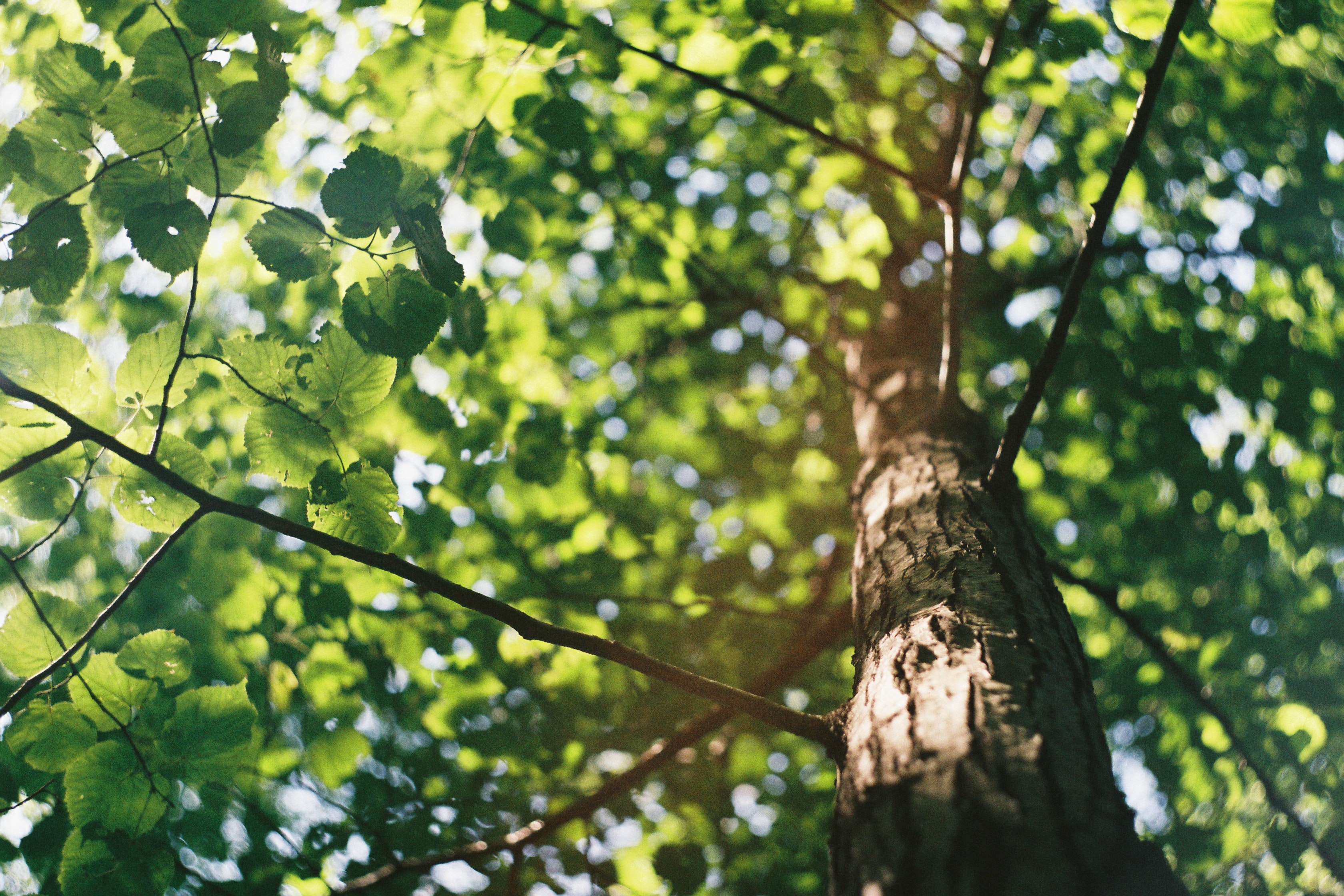Shaping the Canopy: Techniques for Maintaining Smaller Trees in Victoria, BC
Advantages of Pruning

Advantages of Pruning
Pruning serves multiple roles, from bolstering a tree's structural integrity to enhancing its visual appeal. It's a technique that also aids in size management and load distribution, resulting in a healthier, better-looking specimen. In the context of fruit-bearing flora, pruning clears out old growth to stimulate new fruit-producing branches. Moreover, pruning is vital for safety, as unchecked growth can result in dangerous, unstable trees or shrubs.
Intersecting Branches
Branches that intersect or collide cause self-inflicted abrasions on the bark, opening the door for disease and pests. These friction points can weaken branches, making them more susceptible to breaking in harsh weather conditions. Additionally, the tangled branches hinder effective light, air, and nutrient distribution, causing internal canopy crowding.
Decayed Branches
Removing dead or decayed branches is imperative as they usurp the space that could be occupied by healthier growth. These dead sections may harbor diseases and attract unwanted pests, posing risks to the overall plant health. Moreover, the frailty of dead branches makes them prone to breaking, presenting a hazard to property and people. The aesthetic downfall of retaining such branches is also not to be ignored; they detract from the tree's natural beauty.
Congestion Issues
Dense growth within a tree or shrub leads to frail branches and limited airflow, elevating the risk of disease. Congestion also engenders competition among branches for essential nutrients, hampering the overall vitality of the tree. Furthermore, overly dense trees and shrubs are more combustible, increasing fire risk.
Mechanisms for Strengthening Through Pruning
Pruning enhances a tree's resilience by eliminating weaker, extraneous branches, directing the tree's resources toward stronger branches. In a standard tree, branches with acute attachment angles are inherently weaker due to the smaller area of connection, making them more susceptible to breakage. In contrast, branches with wider angles of attachment offer better structural integrity.
By targeting these weaker branches for removal, the tree is encouraged to develop from its more robust branches. This mitigates storm-related damages and other weather-induced vulnerabilities.
Consistent and skillful pruning not only results in structurally sound trees but also contributes to seasonal aesthetic appeal through new growth and flowering.
